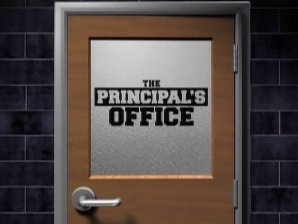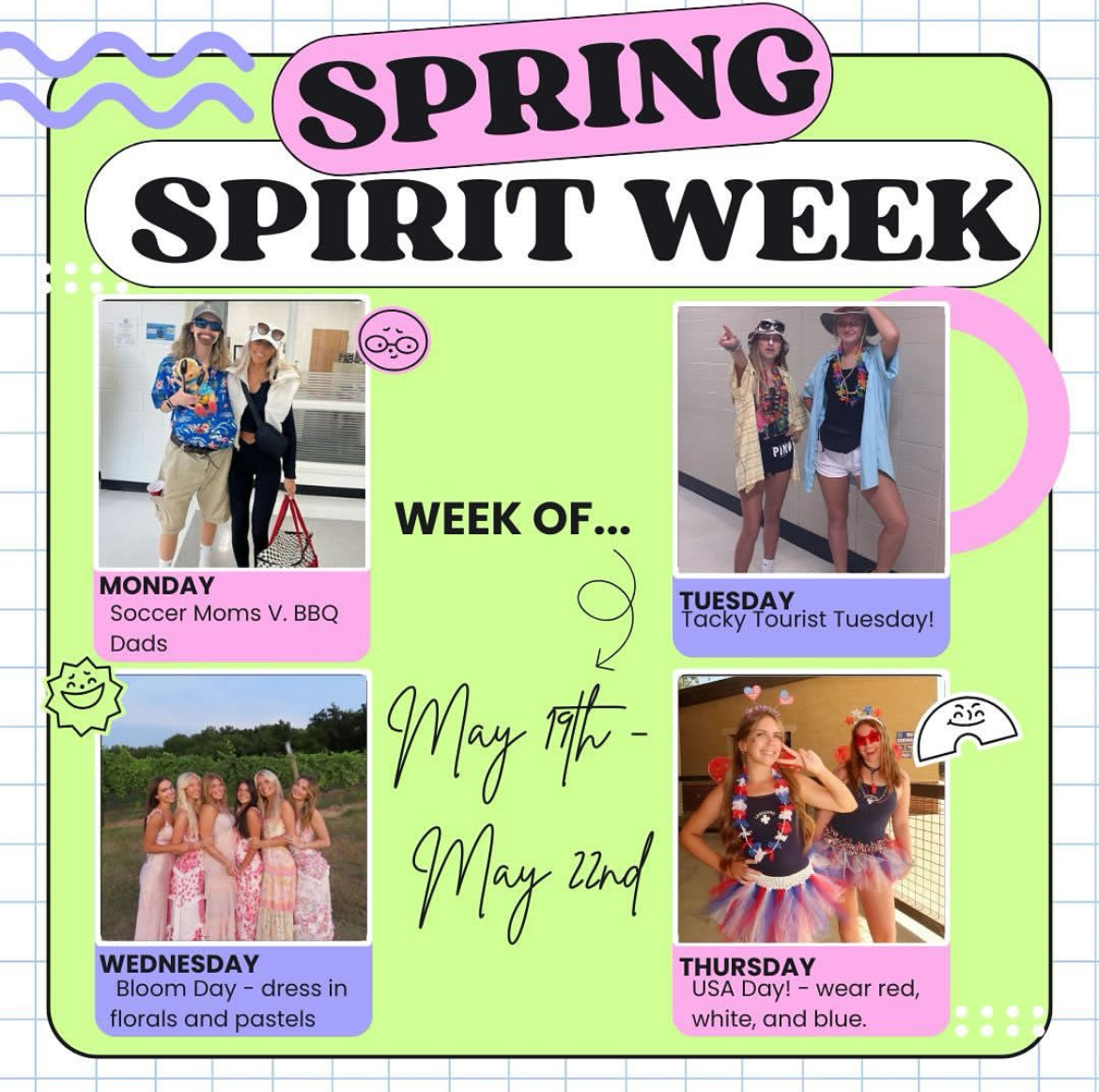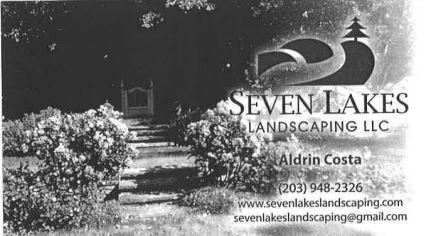Educator’s Corner: The pleasures — and frustrations — of gardening
“Black Eyed Susans” by Berellian is licensed under CC BY 2.0
Unfortunately there’s not much you can do as a gardener when flowers are mistaken for weeds.
May 14, 2019
I grew up in the Amazon Rainforest or at least that’s what it seemed to me as a child whenever I visited my grandmother here in Connecticut. The many potted plants that adorned her small apartment were a testament to her love for and ability to grow things.
As a result, her home, especially her living room, had a lushness that rivaled any tropical rainforest. Combined with the endless chirping of her parakeets and the soothing sound of water gushing forth from her 50 gallon aquarium filter, it’s easy to understand why at times a sudden urge would come over me to check behind the couch for panthers, just in case one was patiently waiting for me to get up to turn the television dial (I’m dating myself here) so as to enjoy its next meal.
This early exposure to all things green instilled in me a love for gardening. I love the rich earthy smell and the cool feel of moist soil. I love it when I spot new flower buds forming or shiny new leaves unfurling themselves to the world. I love the quiet inner stillness that gardening brings, once neighbors turn off their lawn mowers, that is.
I’m a novice gardener. Therefore, if you want to see a great deer-in-the-headlights look, feel free to reference flowers and plants by their scientific names, “How’s your Hydrangea macrophylla doing this summer?” rather than describing them with adjectives, “How’s the large green leafy shrub with the big round clusters of small pink flowers doing this summer?”
I like adjectives. Please use adjectives.
There is just one itsy bitsy problem with my love of gardening and it’s got nothing to do with spiders climbing down waterspouts. The issue stems from the fact that I don’t own land.
This minor detail has not deterred me from enjoying this particular hobby. Similar to my grandmother, I have acquired various types of flowerpots and plants throughout the years. However, I’m partial to the great outdoors and thus prefer gardening outside. And here’s where my dilemma begins.
I sort of took over mom’s backyard. In my defense, other than a small Dogwood tree that announces the arrival of spring each year with a spectacular show of delicate pink flowers, her backyard was like a blank canvas waiting for inspiration to compel an artist to paint.
Equipped with the understanding that I could proceed in this endeavor as long as mowing was involved, I began to create art with gardening tools rather than paint brushes.
It all started with one flowering plant. However, I soon began taking regular trips to the local gardening center. Sometimes I just browsed as I walked down the aisles and marveled at the diversity in nature. Other times I purchased plants and marveled at how much things cost.
One summer, I purchased five two-gallon pots of black-eyed Susans, scientifically known as Rudbeckia hirta (I Googled the name). At about $15 a pop, this was a substantial investment as flowers go. However, I had seen how beautiful they looked when planted as borders and I could already envision how they would look in mom’s backyard.
That summer, my black-eyed Susans bloomed and added a semi-permanent ray of sunshine to mom’s property. I had spaced them apart following planting directions and knew it would take a couple of summers before they grew to merge as one long border.
There are two types of flowers; perennials and annuals. The former are planted once and grow back each year whereas the latter last for only one planting season.
Black-eyed Susans are perennials. Therefore, I expected them to grow back the following spring.
Fall and winter came and went and spring finally arrived. I kept vigil for the first signs of my precious black-eyed Susans. However, other than one tiny stem that grew in the place where I had planted one of the pots, there was nothing, absolutely nothing.
Did I somehow manage to buy defective plants? Were black-eyed Susans annuals and not perennials as I had previously surmised? I was thoroughly confused.
Mom came out to the yard one day as I stood scrutinizing the area that had now become my own personal Bermuda Triangle. When asked, I shared my quandary with her.
To this, mom casually replied, “Oh, you mean what was growing along the back porch?”
“Yes,” I replied.
“I thought they were weeds,” she said. “I pulled them all out last fall.”
Another mystery of life solved.
Editor’s note: Soraya Bilbao is an ELL teacher and a frequent contributor to this space.



















